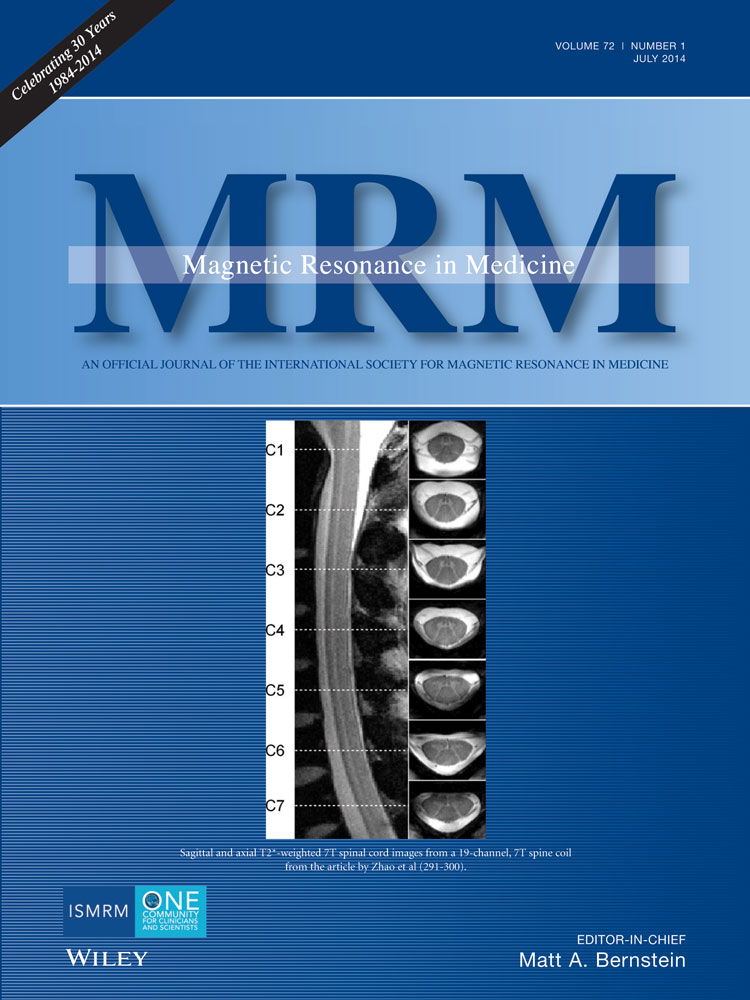Influence of eddy current, Maxwell and gradient field corrections on 3D flow visualization of 3D CINE PC-MRI data
Abstract
Purpose
The measurement of velocities based on phase contrast MRI can be subject to different phase offset errors which can affect the accuracy of velocity data. The purpose of this study was to determine the impact of these inaccuracies and to evaluate different correction strategies on three-dimensional visualization.
Methods
Phase contrast MRI was performed on a 3 T system (Siemens Trio) for in vitro (curved/straight tube models; venc: 0.3 m/s) and in vivo (aorta/intracranial vasculature; venc: 1.5/0.4 m/s) data. For comparison of the impact of different magnetic field gradient designs, in vitro data was additionally acquired on a wide bore 1.5 T system (Siemens Espree). Different correction methods were applied to correct for eddy currents, Maxwell terms, and gradient field inhomogeneities.
Results
The application of phase offset correction methods lead to an improvement of three-dimensional particle trace visualization and count. The most pronounced differences were found for in vivo/in vitro data (68%/82% more particle traces) acquired with a low venc (0.3 m/s/0.4 m/s, respectively). In vivo data acquired with high venc (1.5 m/s) showed noticeable but only minor improvement.
Conclusion
This study suggests that the correction of phase offset errors can be important for a more reliable visualization of particle traces but is strongly dependent on the velocity sensitivity, object geometry, and gradient coil design. Magn Reson Med 72:33–40, 2014. © 2013 Wiley Periodicals, Inc.




